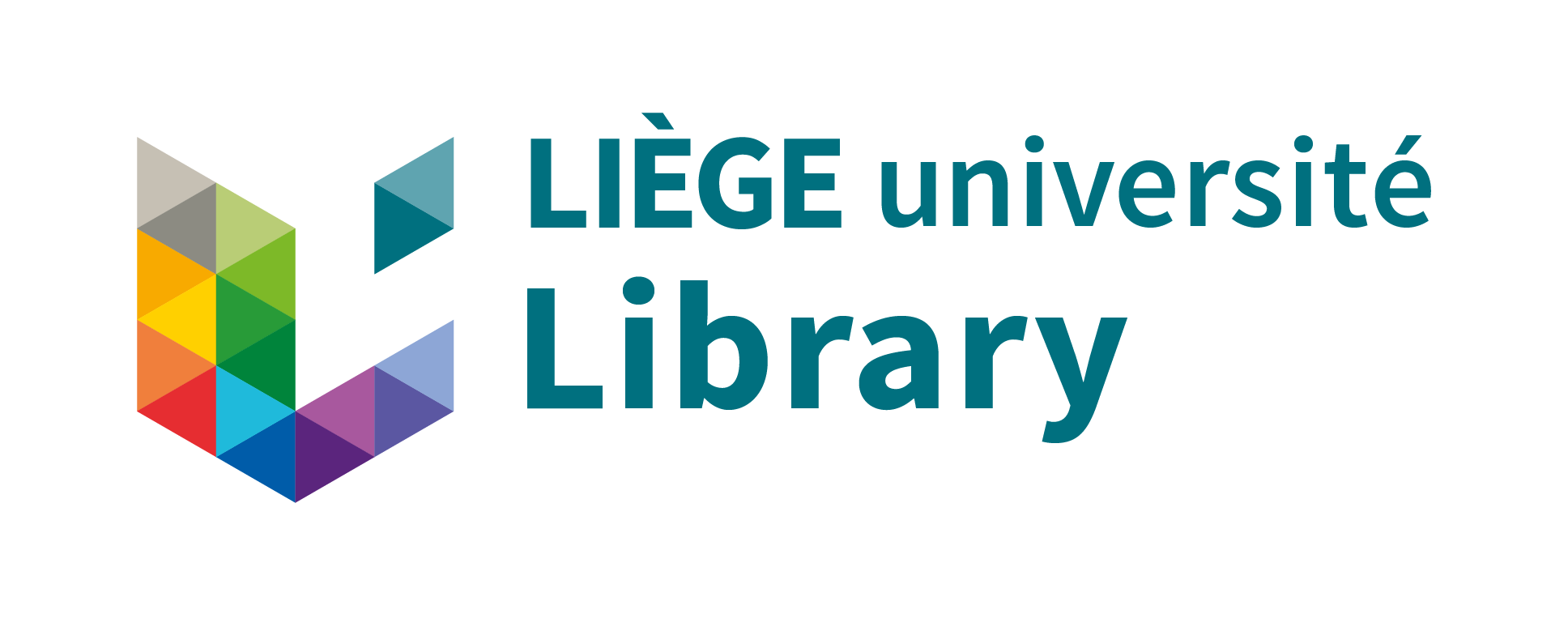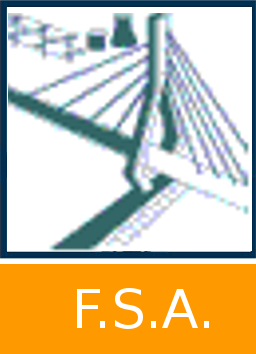Validation of Sensor-Based Sorting of Plastics from Waste Electrical and Electronic Equipment and End-of-Life Vehicles
Uhlig, Jakob 
Promoteur(s) :
Pirard, Eric  ;
Mucsi, Gabor
;
Mucsi, Gabor
Date de soutenance : 5-sep-2024/6-sep-2024 • URL permanente : http://hdl.handle.net/2268.2/20911
Détails
| Titre : | Validation of Sensor-Based Sorting of Plastics from Waste Electrical and Electronic Equipment and End-of-Life Vehicles |
| Auteur : | Uhlig, Jakob 
|
| Date de soutenance : | 5-sep-2024/6-sep-2024 |
| Promoteur(s) : | Pirard, Eric 
Mucsi, Gabor |
| Membre(s) du jury : | Demoulin, Hervé
Léonard, Grégoire 
Léonard, Angélique 
|
| Langue : | Anglais |
| Discipline(s) : | Ingénierie, informatique & technologie > Science des matériaux & ingénierie |
| Centre(s) de recherche : | Groupe GeMMe |
| Intitulé du projet de recherche : | Pur4UP |
| Institution(s) : | Université de Liège, Liège, Belgique |
| Diplôme : | Master : ingénieur civil en chimie et science des matériaux, à finalité spécialisée en Advanced Materials - Innovative Recycling |
| Faculté : | Mémoires de la Faculté des Sciences appliquées |
Résumé
[en] With the current recycling targets for waste from electrical and electronic equipment (WEEE) and end-of-life vehicles (ELVs) set by the European Union (EU) and further ef- forts to introduce minimum recycled content levels, including plastics, in new vehicles and other products, demand for material recovery from the growing WEEE and ELVs streams is expected to increase. However, due to the complexity of these end-of-life products and the increasing volume of different plastics included in these waste streams, are posing a challenge to the recycling processes.
As part of the project Pur4UP, this thesis focused on establishing a sensor-based sort- ing (SBS) solution to support the recycling of technical plastics from WEEE and ELVs. Recent studies have shown that SBS in the infrared range connected with classification al- gorithms have huge potential in the sorting of plastic waste streams. In this project, a com- bination of 3D-laser triangulation (3DLT), short-wave infrared (SWIR) (900 to 2500 nm), and medium-wave infrared (MWIR) (2700 to 5200 nm) was used to record optical data of a mixed plastic fraction of technical plastics. A convolutional neural network (CNN) was then used to classify the particles into polymer types and color (light/black). In addition, the affect of surface moisture to the recorded spectra was also investigated. The aim of this thesis was to validate the result of this sorting process, which was done by analyzing the sorted flakes by ATR-FTIR.
The results indicated that the polymer-specific patterns crucial for plastic identification were detectable in both the SWIR and MWIR ranges, although only light plastics could be reliably identified in the SWIR range. Black plastics and moisture-affected particles displayed identifiable polymer-specific peaks, although moisture notably decreased the peak intensity. Despite a predicted classification accuracy of approx. 95%, the actual sorting accuracy achieved during the real-time sorting trial was only 43.5%, suggesting the need for further optimization of the classification software.
However, based on the recorded spectra of SWIR, and MWIR, this technology promises the possibility to facilitate sorting of technical plastics by polymer type and color, significantly boosting the material recovery from WEEE and ELV plastics for recycling and reuse.
Fichier(s)
Document(s)

 Masters_Thesis_UHLIG_Jakob.pdf
Masters_Thesis_UHLIG_Jakob.pdf
Description: Access is only allowed to the supervisors and committee members and those who are required to see it for the purpose of administration.
Taille: 63.84 MB
Format: Adobe PDF
Annexe(s)

 Masters_Thesis_UHLIG_Jakob_Summary.pdf
Masters_Thesis_UHLIG_Jakob_Summary.pdf
Description: Summary
Taille: 218.69 kB
Format: Adobe PDF
Citer ce mémoire
L'Université de Liège ne garantit pas la qualité scientifique de ces travaux d'étudiants ni l'exactitude de l'ensemble des informations qu'ils contiennent.


 Master Thesis Online
Master Thesis Online




